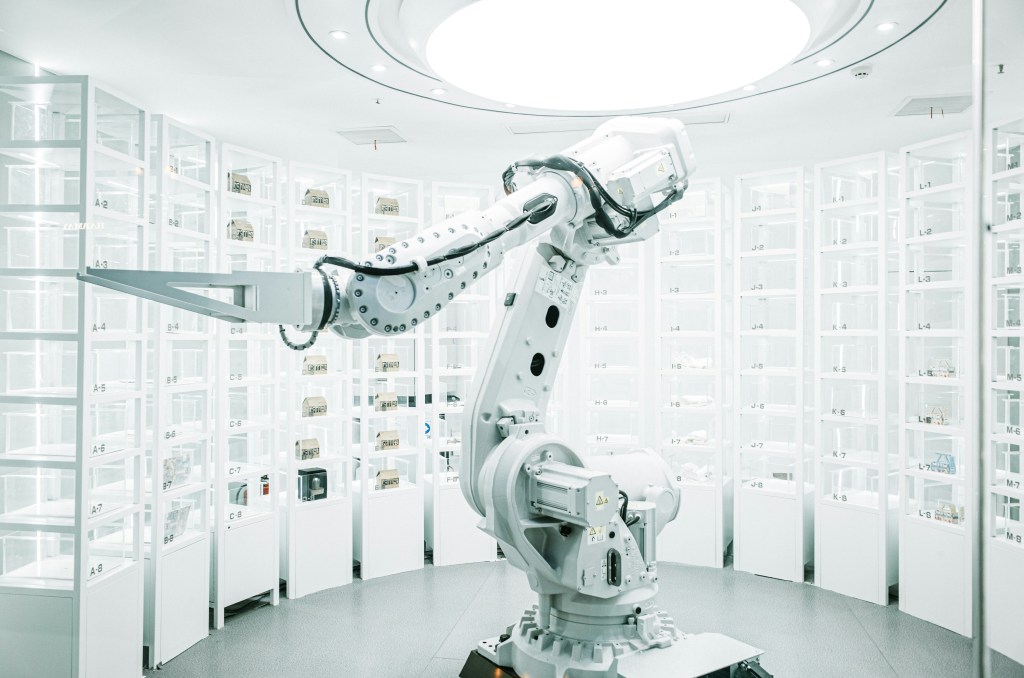
Before the pandemic, AI was an abstract concept, something for the future. Today, most companies are rushing to invest in AI technologies and actively adopting AI in their routine work. Though the initial investments may be high, Companies are rushing to incorporate AI technologies into their operations. Generative AI (GenAI) tools are forcing leaders to analyse where and how AI can help their businesses.
Even then, companies view AI as a tool to reduce their costs improve their efficiencies and increase the company’s capacity to produce and analyse huge amounts of data to gain new ideas on product development and gain competitive advantage.
But Ai can do much more than these regular tasks. This technology can help us understand the complex world around us better shifting our focus to ideation. AI can be an effective collaborative tool in diverse areas such as product design, process design and even in sales and marketing. Employees can use them to ask smart questions and become better problem solvers and innovators.
There has been little discussion on AI tools’ ability to help people become more inquisitive and creative problem solvers. Detailed research across 30 countries and over 200 leaders on how AI has helped innovations and outcomes across organisations, brings up two distinct paths that leaders adopt to strengthen their innovation process.
The first path is to use AI technology to change the tempo of their questions. Ai can help increase the question variety and novelty. this helps generate more diverse responses and brings in new perspectives to the issue on hand.
The second path is to use AI technology to change the conditions where people work so that the questions that trigger the change can emerge. This pushes everyone out of their comfort zone and makes them uncomfortable and more reflective, which promotes innovative thinking and action.
Increasing variety and novelty of questions.
Using AI technology can help increase the speed with which new questions are asked. this requires the companies to train the AI algorithms to answer basic yes/no questions and unearth the deeply buried connections within data. When this preliminary work is done, employees can ask the AI systems more context-relevant questions.
- Velocity: AI algorithms can provide answers instantaneously to the questions posed making the employees ask more questions thereby triggering a spate of new questions in new directions that otherwise would not have emerged. Of course, there is a risk in rapid answers given by AI systems if the employee does not have a clear path of what he wants to achieve and should stop asking questions when the answers are not productive.
- Variety: AI helps uncover patterns in large volumes of data. This frees up employees to ask detailed questions and explore new ideas.
- Novelty: AI can help foster a deeper understanding by helping users ask category-jumping or novel questions. This is the basis of innovative inquiry especially applying the knowledge from one area to another space and analysing its impact. When you know AI technology can analyse vast amounts of data it gives you the leeway to ask wilder questions that you would never ask otherwise.
Create questions for asking better questions.
AI can make the leaders come off their high ground and force them to give up control over where the questions would lead the team. Increased variety and novelty of questions and the responses make the team uncomfortable, proving that they were wrong and these conditions produce innovative lines of inquiry and outcomes.
But this could prove dangerous too. People may stop trusting AI completely due to its superhuman capabilities and unpredictable answers. The distrust of technology is not conducive to inquiry. Hence, leaders should look to offset that and not leave everything to AI to produce conditions from breakthroughs.
Rather than solve all the tensions associated with interacting with AI systems, leaders and team members must learn to manage the uncertainties that come with asking questions and moving into new areas.
Mitigating AI weakness.
AI may seem superhuman but it does have weaknesses. the technology essentially looks at past data and the future may not be anything like the past. Inaccurate or erroneous data if used for training AI systems can produce poor outcomes.
Leaders must manage these limitations by using AI technology in areas where it can complement human thinking.
- AI can help analyse huge amounts of data and humans can generate ie=deas and share it with others.
- Machines lack imagination or moral judgement and humans can use the output selectively and apply our values to it before deciding on the next step.
With people and AI systems working in tandem, they can transform unknown unknowns into unknown knowns and open the door for innovative thinking. To harness this potential leaders should look at AI systems less from a cost savings angle to more about innovation and imagination. this would, of course, require a culture that supports and rewards big questions without necessarily knowing the answers.
AI Can Help You Ask Better Questions — and Solve Bigger Problems
by Hal Gregersen and Nicola Morini Bianzino
HBR 2023/05